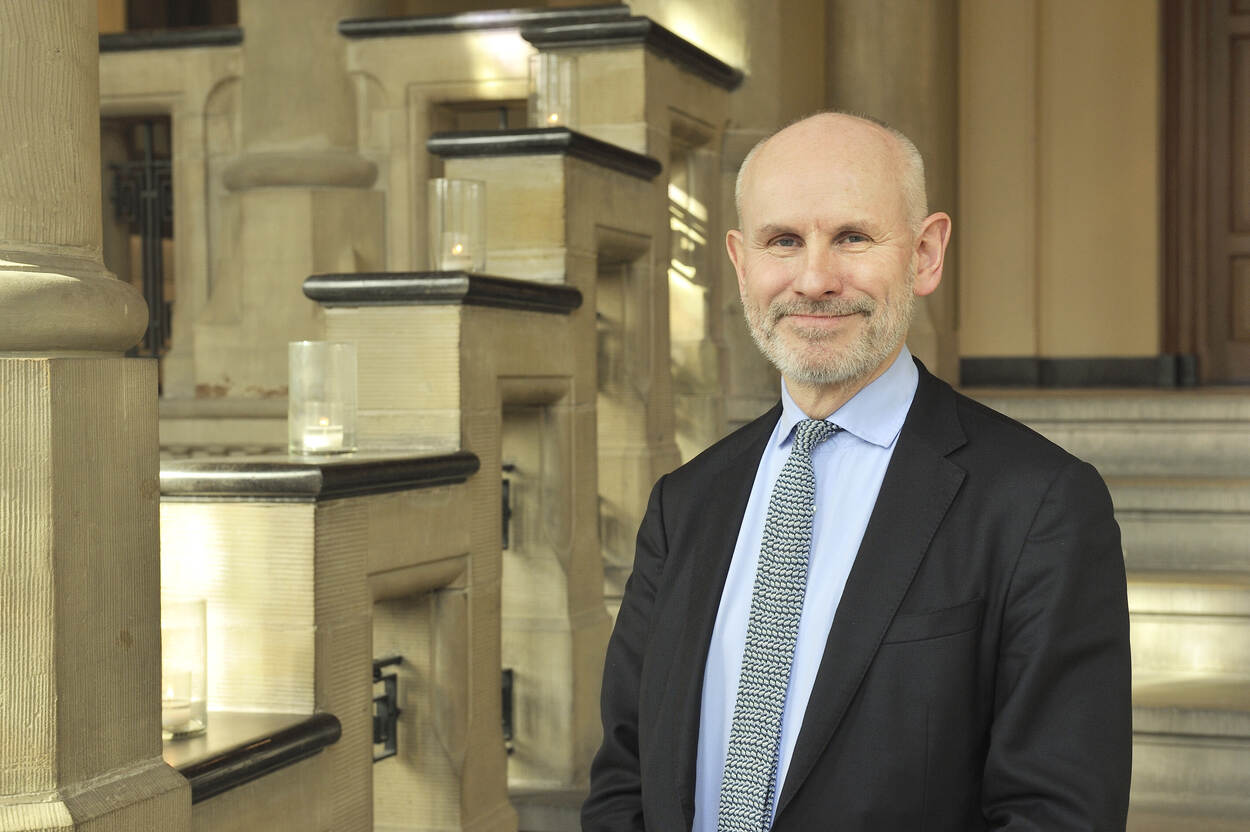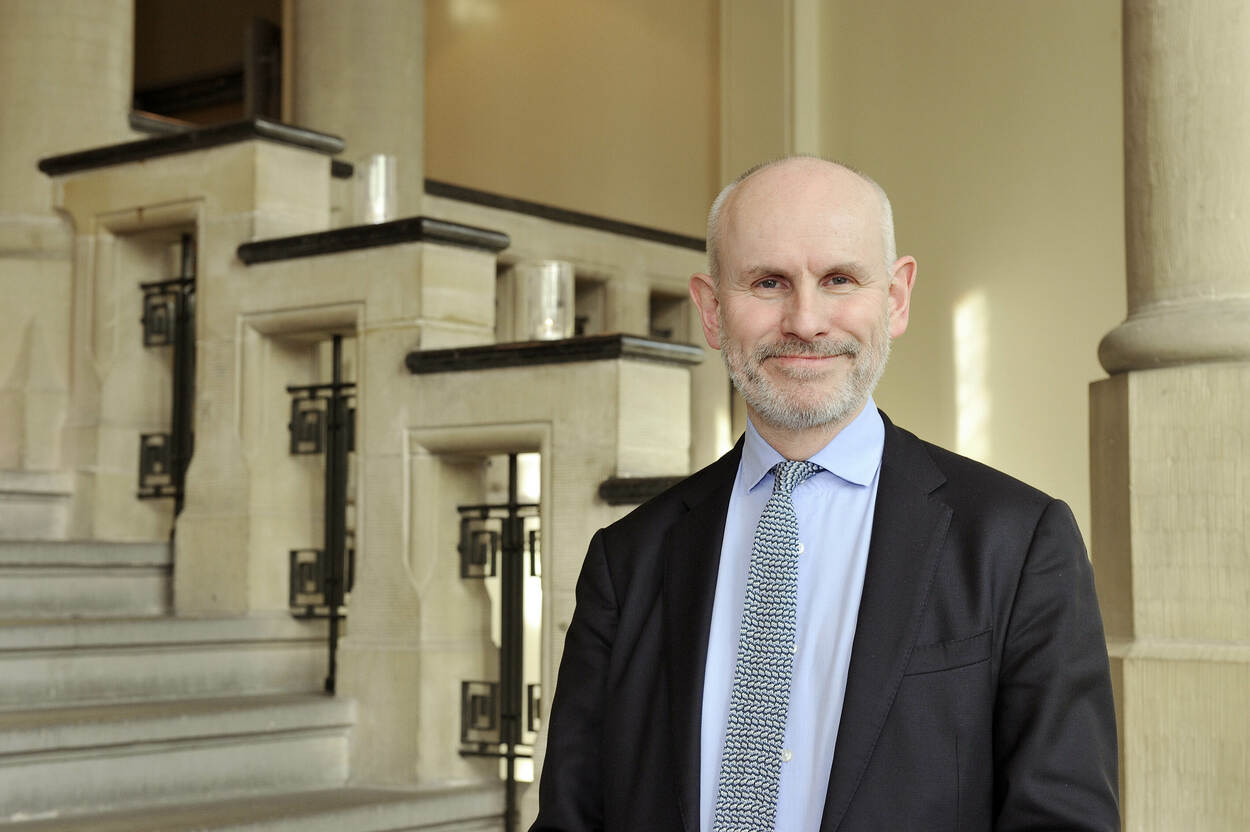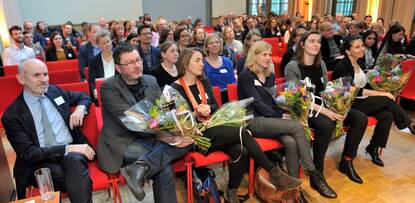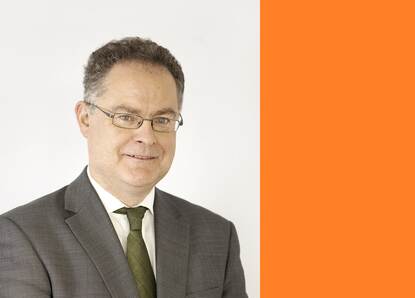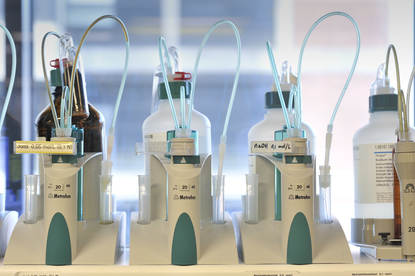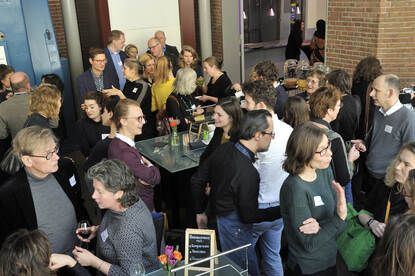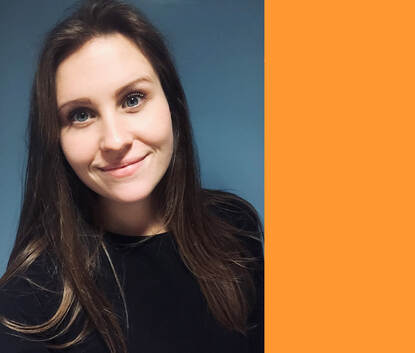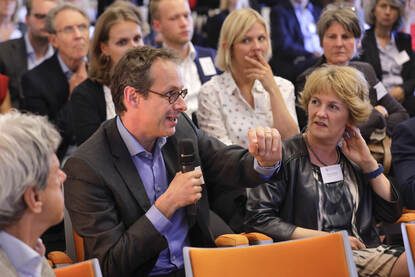Where do we stand in developing products for tissue manipulation, gene and somatic cell therapy? Asks Medical Director of the Scottish National Blood Transfusion Service and Professor of Cellular Therapy at the University of Edinburgh, Marc Turner works daily in the field of Advanced Therapy Medicinal Products (ATMPs). “I don’t think we’re at the beginning of the end, maybe we’re at the end of the beginning,” says Marc Turner.
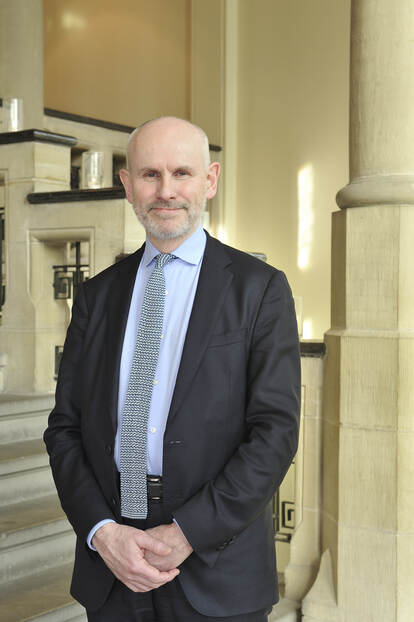
“We have been working in the field of ATMPs for 20 years now. In the early days, this field was very much scientifically and academically oriented. There were a few things which were translated into what you could call formative products. Substantive products have really only started to come through over the last 5 to 10 years. For a long time there were only a handful of products which were granted a Marketing Authorisation in Europe, but now a large number of products are starting to proceed through evaluative and pivotal clinical trials and Marketing Authorisations are being requested, with some breaking into mainstream clinical practice. So we are still at an early stage but, of course, the field is evolving extremely quickly.”
“I don’t think we’re at the beginning of the end, maybe we’re at the end of the beginning,”
What does Turner think about the fact that on the one hand the field of ATMPs is developing quickly, but hardly any ATMPs have actually been registered? “It can take 12-15 years to get a new medicine onto the market. And ATMPs are not standard pharmaceutical medicines, but very complex medicinal products which, in my opinion, combine the complexities of the supply chain for other substances of human origin, like blood, tissues and organs with extremely complex pharmaceutical manufacturing. We really are inventing a whole new field of medical therapeutics. Like many of these things, the field started in academia, and moved on to small-scale experimental studies in academic units. But now we’re seeing real commercial investment in this field, with a lot of Small and Medium Enterprises being set up across Europe and some of those being acquired by larger pharmaceutical firms. The challenge is not just getting through the Marketing Authorisation but also to obtain Health Technology Approval and achieving adoption in the clinical environment as well. I would expect to see many more products move into mainstream clinical practice over the next 5 to 10 years.
I think the pace has accelerated visibly over the last 4 or 5 years. At the end of the day, the simple fact is that it takes a huge amount of time and effort to get an ATMP off the research bench and into the clinic. It takes a very long time to do the work and get it right. I hope this can be speeded up, and I think we are seeing acceleration in this field, as the number of people working in it grows. Those who have been working in the field for a long time are getting more efficient as well, and understand what we have to do to get things through.”
Importance of advanced therapies, regulation and clinical application
The regulation and clinical application of ATMPs are an important subject for Turner. “We’re not developing these therapies for fun; we’re developing them because we want them to come through and make an impact on human health. Many things we’re now looking at with product development are for diseases that are very widespread in Europe. So we need to get them through quickly and efficiently. I think it’s important to understand that Marketing Authorisation is necessary but not sufficient to achieve adoption in the healthcare environment. There are a number of issues that come into play once a Marketing Authorisation has been granted. In many countries, like the UK, there are Health Technology Assessments. The product needs to be effective, but it also needs to be cost effective, and that can be extremely challenging to evaluate. You have a product that has a very high upfront costs, high capital costs, and may only have a beneficial effect years, or decades, into the future.”
“Affordability can also be a challenge. So a product might be extremely cost-effective but at the end of the day somebody needs to come up with the money to pay for it. All the healthcare systems that I know of are under financial pressure, because of rising demand. Ultimately, these products are a very disruptive technology. They are not like standard pharmaceuticals, where the manufactured product is stable and can be stored in the pharmacy or a cupboard at home. These are very fragile products and the efficacy and safety of the product depends on every step in the process, from the donor, through the manufacturing process, to the way it is administered to the patient.
“In the development of advanced therapeutics, we need to understand how the product is going to be deployed both clinically and operationally. We have to make sure that our clinical studies address not just the regulatory requirements but also the Health Technology Assessment and the clinical application requirements. You need to start with the end in mind, understand what the target product profile looks like and make sure that you do the work early on to evaluate the product against that profile. There is no point in doing 12 or 14 years of work on a product and getting it through Marketing Authorisation only to find out that it’s impossible for your product to be adopted in the healthcare environment in the real world. It’s incredibly expensive to go back and try to correct that. Make sure your product is designed in a way that maximises its chances of getting through the Regulatory, Health Technology Assessment and the commissioning processes.”
Design with the end in mind
At the MEB Science Day 2019, Turner talked about 'Designing ATMPs with the end in mind'. How is it that academics fail to keep this end goal in mind? “In the UK, the pressure on academic scientists is to produce high-quality research papers and to provide teaching. The average academic scientist doesn’t really understand what it takes to translate science into a product, nor does he or she understand the regulatory approval or clinical environments in which it will be deployed. We have a process that stretches across many different domains – academia, manufacturing, regulation and clinical application. There aren’t many people who understand the nature of that journey. But an understanding of that journey is critical. We know that it takes a long time, but even longer if people are trying to push for a therapy that is just never going to make it.”
Generic education on regulation science
In the development of ATMPs and drug regulation, Turner sees things from both the regulator’s perspective and the developer’s perspective: “It’s very challenging because the field is so new and is moving so fast. How do we assess how safe these products are? The science is moving very fast with novel products coming to clinical trial. What parameters do we use to judge these kinds of products? There are always tensions between the need to support innovation and the need to protect public health, and developers and regulators are learning together as the field evolves.”
Learning from each other is extremely important, according to Turner. “Much of the early-phase work is in clinical academia, so there is also a financial issue. Academic and clinical groups don’t have lot of money, so there is a concern around the provision of scientific advice on reduced fees to a much broader community. These are the things we need to think about: you can’t share specific company information because that’s confidential. But maybe the time has come for more generic education on the regulatory process. For those who are not already assessors or inspectors, there is a lack of understanding of the regulatory process.”
Turner is one of the two European Physician Members of the Committee for Advanced Therapies (CAT). This is a multidisciplinary committee under the European Medicines Agency (EMA), in which regulatory experts from all over Europe take part in assessing the quality, non-clinical and clinical aspects of ATMPs. “Since these are extremely complex therapeutics, I think they do need highly specialist input during assessments. The pooling of that process at the European level has been a good thing. Having that source of specialist advice in a fast-moving field like this is effective for development.”
As a member of the CAT, he sees a vast range of different products coming through. “Some of them are absolutely amazing, some are not so good. The CAT has a lot to offer in terms of specific scientific advice to support developers.”
Bridging the gap
It is important to bridge the gap between scientific research and commercialisation, says Turner. That’s why he is a non-executive board member of the Cell and Gene Therapy Catapult. Catapult is an independent centre of excellence that works to advance the growth of the UK’s cell and gene therapy industry. Catapult works with partners in academia and industry to develop ATMPs. “These therapies need a high level of investment to bring them through clinical trials and the marketing authorisation process. That’s not something that hospitals or universities can do: they can’t offer risk capital. So the only realistic way to get these large amounts of investment is through the private sector. Large pharmaceutical companies can use their in-house resources to push these products through marketing authorisation. The UK has a growing advanced therapy industry and there is significant growth across Europe, North America and Asia. We really want to try to build on high-quality science and that is much more challenging in a new field where the uncertainties and risks are that much greater. We simply don’t know what is going to work and what isn’t. It’s extremely challenging, because not all good ideas bear fruit, and there’s a very large group of people who need support.”
Marc Turner is Medical Director of the Scottish National Blood Transfusion Service and Professor of Cellular Therapy at the University of Edinburgh. He qualified in Medicine from the University of Manchester and trained in General Medicine and Haematology. He obtained his PhD in human haematopoietic stem cell biology from the University of Edinburgh and an MBA in Life Sciences from the Open University. Turner is a Member of the Committee for Advanced Therapies (CAT) and a Board Member of Cell and Gene Therapy Catapult.
Brexit effect
“At this point nobody knows what is going to happen. If there is a hard Brexit, then the UK will no longer be a part of the European Union and we could end up with different regulatory systems, which in my personal view would not be a good thing. So I suppose in the short term there won’t be that much difference, but in the long term, a hard Brexit, in my opinion, would be quite damaging for the field.”
